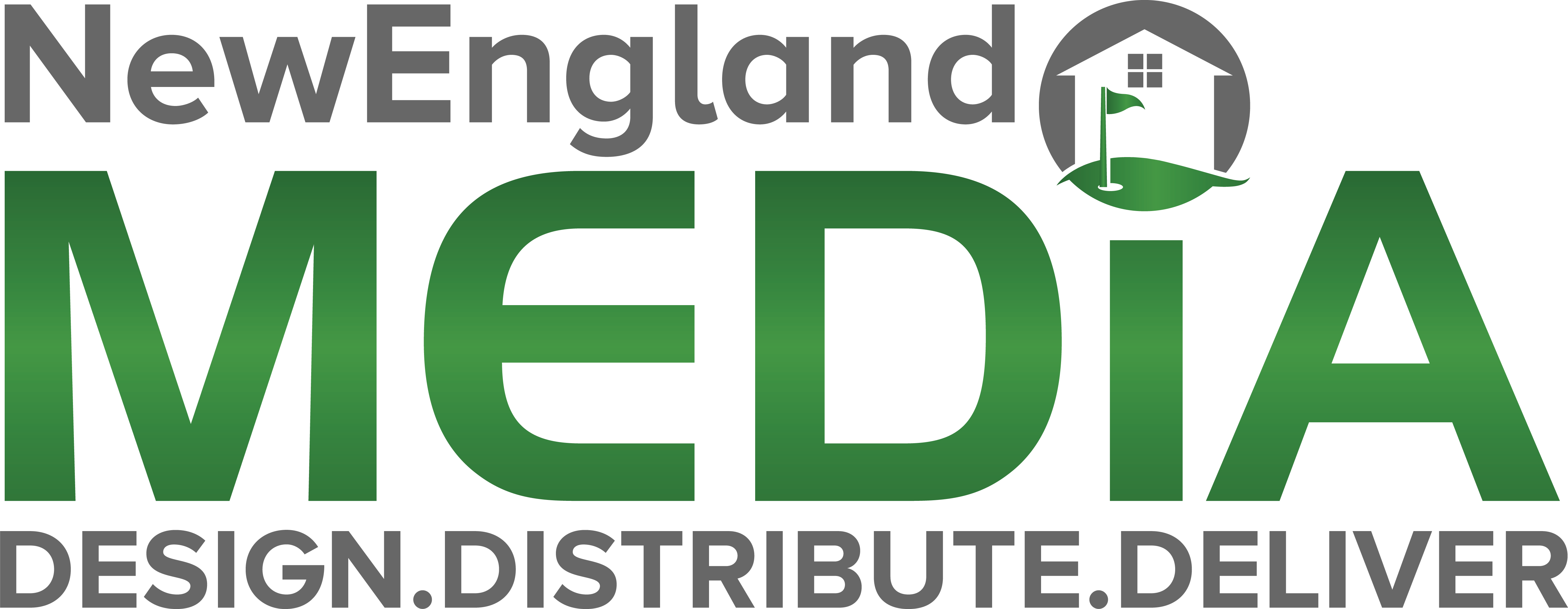If you’re a B2B marketer, balancing SEO and content creation can be tricky. A successful digital presence requires both on-site activities, like creating content with keywords that match user intent, and off-site efforts like promoting content through various paid media and social channels. But how do you ensure that your campaigns meet the objectives of both marketing and SEO?
This article outlines the importance of combining these two disciplines in order to create an effective strategy for driving demand. It also provides four steps to help achieve this balance, including establishing goals, optimizing existing content pieces, creating supplemental materials, and setting joint paid/social media strategies. By following these recommendations, marketers can create high-impact campaigns that rank on search engine results pages and draw in potential customers.
The Essential Link Between SEO And B2B Marketing
Search engine optimization (SEO) is a process of optimizing content for search engines so that it can rank better in the results pages. The goal of SEO is to make sure that when people search for keywords related to your product or service, they find relevant information on your website to make an informed decision about whether to purchase from you.
At the same time, B2B marketing focuses on promoting products or services to other businesses via various channels, such as email campaigns or social media posts. A successful B2B marketing strategy involves creating content that resonates with the target audience and encourages them to take action. The two disciplines are interconnected because SEO helps to ensure that when people search for relevant topics, your content appears in the top results. This increases the chances of potential customers finding and engaging with your content.
Four Steps To Achieve Balance Between SEO And B2B Marketing
Before you begin any SEO or B2B marketing campaign, it’s important to identify what you want to achieve and how your efforts will contribute to those objectives. Do you want to increase website traffic? Increase qualified leads? Increase conversions? With well-defined goals in place, you can focus on creating content that aligns with them and use SEO tactics to ensure your content is visible.
Creating a successful content marketing and SEO strategy requires skilled coordination of creative and analytical thinking. By establishing harmony between the two disciplines, organizations can leverage the full potential of their marketing efforts to drive demand. Here is a four-step approach for achieving this balance to meet both CMO and SEO objectives.
Step 1: Develop an Editorial Calendar That Supports Both Marketing and SEO Goals
The primary goal when creating an editorial calendar should be to develop content that meets both the needs of the CMO as well as those of the SEO team. To accomplish this, start by mapping out necessary topics relative to your industry’s buyer journey, search intent, target market, and more. Focus on developing high-quality content that can lead to various types of backlinks and support the overall story you are trying to tell with your content.
Step 2: Optimize Content Pieces for SEO and Marketing Goals
Once topics have been identified, it is time to optimize each piece for both marketing and SEO objectives. Start by researching relevant keywords that will help rank your content in search engine results pages (SERPs). Additionally, consider optimizing titles, headers, meta-descriptions, images, and other elements to align with marketing goals while also helping improve rankings.
Step 3: Create Thought Leadership Pieces That Speak To Both Marketing And SEO Focuses
Content should not only be optimized for keywords but should also be crafted to reflect a brand’s values and objectives. Content should be engaging, thought-provoking, and informative to appeal to both customers and search engine algorithms alike. This type of content is especially beneficial for the top-of-the-funnel (TOFU) stage when search intent is less niche.
Step 4: Utilize Omnichannel Strategies To Support Marketing And SEO Efforts
Once content has been created, you must ensure that it is distributed through all necessary channels. A well-thought-out omnichannel strategy can help increase visibility across multiple platforms and support SEO goals. For example, combining organic social media posts with SEO tactics such as link-building campaigns can increase visibility and rankings.
By following these steps and balancing SEO and B2B marketing, organizations can maximize their reach and further establish themselves as thought leaders in their respective industries. Organizations can stay ahead of the competition with well-crafted content that appeals to both customers and search engine algorithms.
Start optimizing your content and streamlining your marketing efforts today. Contact us for the help you need to create the perfect SEO & B2B marketing strategy.


















